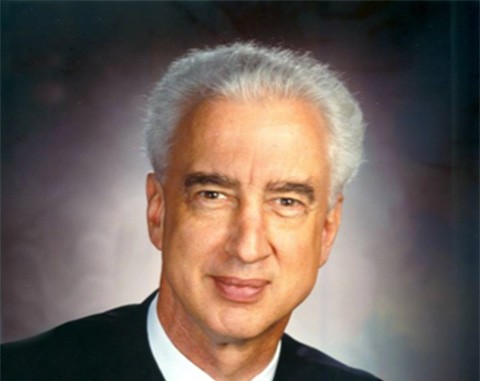-
A Look at Patent Litigation and Valuation Post Reform
The Leahy-Smith America Invents Act (AIA) will have clear procedural implications for those applying for and managing patents, and resource implications for the U.S. Patent and Trademark Office (USPTO). However, the impact of America Invents on litigation is less clear given that provisions related to the determination of damages and to conduct constituting infringement were ultimately left out.

The legislation, which went through many versions over a number of years and was signed into law by President Obama on September 16, 2011, mandates several core changes – most important, the switch from a first-to-invent to a first-to-file rule for granting patents, as well as new processes for challenging patents that have already been awarded. America Invents also gives the USPTO the power to set patent fees, which some believe will give it the resources necessary to process its backlog of patent requests more effectively and expediently. Other elements of AIA include the elimination of a “best mode” requirement and limits on joinder rules and false-marking suits.
In June 2010, we cosponsored (with Georgetown University and McKool Smith) a panel discussion on impending patent reform and its implications for litigation.
One of the participants, the Honorable Paul R. Michel, retired chief judge of the Federal Circuit, revisited the topic with us in the wake of AIA passage.
"If I were addressing that group today, I'd say that from a resources perspective, AIA is a failure," Judge Michel said. The patent office has long had to deal with inadequate resources, he said, but the AIA does nothing to address this problem: The fees that users pay for the services rendered by the USPTO can still be diverted or withheld by Congress, as they have been all along.
"Ironically, AIA adds to the existing burdens of the patent office, further preventing the staff from examining and reexamining patents carefully and promptly," Judge Michel said. Revised requirements around post-issuance review, for instance, will add thousands of staff hours to the workload. "The net effect will be to add delay and uncertainty to the process and to devalue patents," he said.
Judge Michel lauded the fact that provisions associated with damages, appeals, and trial venue were left out of the bill. Changes in these areas would have only slowed down the courts, he said. Patent filings will increase sharply, immediately, he predicts, which will exacerbate the resource problem. Court litigation will also increase – but Judge Michel predicts that a smaller percentage of filed cases will settle, because AIA will increase uncertainty around the quality of patents.
On other fronts, America Invents was designed to bring U.S. intellectual property law closer to international law, and, in the long term, its provisions may help to mitigate the effects of lawsuits filed by nonpracticing entities (NPE) against large organizations. (A study undertaken by several researchers from Boston University suggests that hundreds of billions of dollars have been spent on NPE-related lawsuits over the past decade.)
-

"AIA adds to the existing burdens of the patent office, further preventing the staff from examining and reexamining patents carefully and promptly."—The Honorable Paul R. Michel
-
However, a second-order consequence of the media spotlight on America Invents may be increased attention paid to the general rise in patent activity – namely, organizations’ attempts to build massive collections of patents as a guard against litigation. Consider, in particular, recent deals in mobile computing that have been driven by patents, such as Google’s purchase of Motorola Mobility Holdings and its more than 17,000 technology patents for $12.5 billion. (And the subsequent countermove by IP firm Intellectual Ventures, which sued Motorola Mobility for patent infringement.)
The assessment and valuation of these mega-portfolios can be complicated and time-consuming – but necessary. According to a PricewaterhouseCoopers study on patent litigation, the annual median damages awards between 1995 and 2009 ranged from $2.4 million to $10.5 million. More and more often, triers of fact are linking damages awards to evidence of the contributions that patented technologies make to the products- or services-in-suit.
Accurate valuation can be accomplished through detailed assessments of the income, market effects, and costs associated with the use of a particular piece of intellectual property, as well as an analysis of its impact and use with associated patents in a product.
With regard to concerns about patent valuation and oversize damages awards, it could well be that Judge Michel was right in his comments to us, and when he wrote to Congress a few years ago, that the courts seem to be a pretty good foil for these cases and are policing themselves well. ■
John C. Jarosz is a Managing Principal in the Washington DC office.
This feature appeared in the Fall/Winter 2011 issue of Forum.

